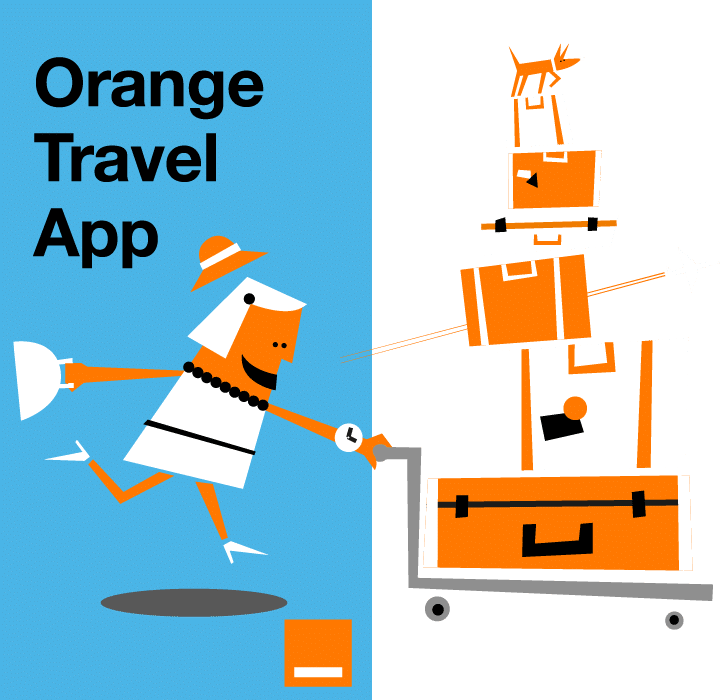Staying connected while traveling is more important than ever. Whether you’re a digital nomad, a business traveler, or simply exploring new destinations, having reliable internet access can make your journey smoother, more efficient, and even safer. In today’s hyperconnected world, losing access to the internet can mean missing a crucial meeting, getting lost in a new city, or being unable to reach loved ones. That’s why it’s essential to understand the various tools and strategies available to ensure uninterrupted connectivity abroad.
Modern travel relies heavily on digital connectivity. From checking into flights and navigating unfamiliar streets using GPS, to uploading photos to social media or working remotely, our reliance on the internet is deeper than ever. For digital nomads, remote workers, and entrepreneurs, a strong connection is non-negotiable. But even for vacationers or backpackers, staying connected enhances safety, communication, and overall trip enjoyment.
Consider the following scenario: you’re traveling through Southeast Asia and suddenly need to book an emergency hotel, translate a street sign, or access digital copies of your important travel documents. Without internet, these small tasks become major stress points. Moreover, with so many travel services relying on real-time data rideshare apps, booking platforms, banking services being offline can limit access to vital information. Therefore, understanding how to maintain connectivity is not a luxury, it’s a necessity.
In this article, we explore a range of connectivity options designed for modern travelers. We’ll break down the advantages and limitations of each, share insider tips for maximizing your data, and offer regional advice for navigating specific internet landscapes. Whether you’re planning a quick city break or a year-long adventure around the world, these tips will help you stay online with ease and confidence.
Best ways to stay connected while traveling
There are several ways to access the internet while traveling, each with its own pros and cons. Let’s look at the most popular options.
Use public Wi-Fi
Public Wi-Fi is one of the most accessible options, especially in cafes, hotels, airports, and public transport hubs.
Advantages:
- Often free
- Widely available in urban areas
Disadvantages:
- Security risks (data breaches, hacking)
- Unstable or slow connection
- Not ideal for work or streaming
Pro Tip: Always use a VPN when connecting to public Wi-Fi to protect your data.
Get a local SIM cards
Buying a local SIM card is a popular method for travelers staying in one country for an extended period.
Advantages:
- Affordable local data plans
- Reliable network coverage
Disadvantages:
- Requires an unlocked phone
- You might need to present ID or passport
SIM format compatibility issues
Get an eSIM
eSIM technology is revolutionizing how travelers stay connected. eSIMs are embedded SIM cards that can be activated digitally without changing physical cards.
Advantages:
- No need to swap physical SIMs
- Instant activation
- Can store multiple profiles
- Perfect for multi-destination travel
Disadvantages:
- Only compatible with newer smartphones
- Requires initial setup and know-how
Try this: Explore our best eSIM plans for Asia eSIM Japan.
Portable Wi-Fi Hotspots
These devices provide internet access by connecting to a local mobile network and broadcasting a Wi-Fi signal to your devices.
Advantages:
- Connect multiple devices
- Avoids roaming charges
- Works in multiple countries
Disadvantages:
- Additional device to carry
- Requires charging
- Device rental or purchase cost
Recommended for: Families or groups traveling together.
Utilize roaming data
Roaming allows you to use your home carrier’s service abroad. It’s convenient but can be expensive.
Advantages:
- Instant connectivity
- No setup needed
Disadvantages:
- Expensive if not included in your plan
- Limited data allowance
Tip: Compare roaming vs. mobile data options in our dedicated guide roaming vs mobile data.
Purchase a Wi-Fi USB dongle
A dongle connects to your laptop via USB and uses a SIM card to provide mobile internet.
Advantages:
- Great for laptops
- Secure and portable
Disadvantages:
- Limited to one device
- May not work with all operating systems

Tips for managing data usage while traveling
Managing your data usage is key when you’re on limited plans. Here are some tips:
- Download maps and content offline
- Use data compression tools and apps
- Turn off background app refresh
- Use Wi-Fi when possible
- Monitor usage with tracking apps
Must-Have Apps:
- Google Maps (offline mode)
- WhatsApp or Telegram for calls/texts
- TripIt for itinerary management
- ExpressVPN for secure browsing
And to choose the offer that covers your connectivity needs the best, read our guide about how much data you need for your next trip.
Region-specific tips
Europe
- eSIM options are abundant and affordable
- EU roaming laws often cover 27+ countries
- Avoid tourist traps by checking for local data bundles
Asia
- Local SIMs can be found at airports
- eSIMs offer great coverage across Japan, Korea, Thailand, and more
- Portable hotspots are popular for multi-country trips
Check out our eSIM Asia plans for hassle-free travel.
North America
- U.S. and Canada support eSIM in most new phones
- Roaming costs can be high without a travel plan
- Use carriers like Orange Travel to pre-purchase international data
South America
- Public Wi-Fi can be patchy
- Local SIMs are cheap but require documents
- eSIM availability is growing in countries like Brazil and Argentina
Africa
- Coverage may vary significantly by region
- eSIM availability still limited but expanding
- Portable hotspots work best in remote areas
Why Choose an eSIM from Orange Travel?
Orange Travel’s eSIM solutions are designed with the modern traveler in mind. Here’s what sets them apart:
- Instant activation: Buy and activate in minutes.
- Flexible plans: Choose from local, regional, or global.
- No roaming surprises: Transparent pricing.
- Wide compatibility: Works on most new phones.
Explore the benefits of traveling with an eSIM and avoid roaming charges.
Conclusion
Staying connected while traveling doesn’t have to be complicated. With the right tools be it a public hotspot, local SIM, or an advanced eSIM from Orange Travel you can enjoy seamless internet access anywhere in the world.
When planning your next trip, consider your destination, budget, and device compatibility to choose the best connectivity solution. And remember, Orange Travel is here to make your digital journey smooth, safe, and smart.

